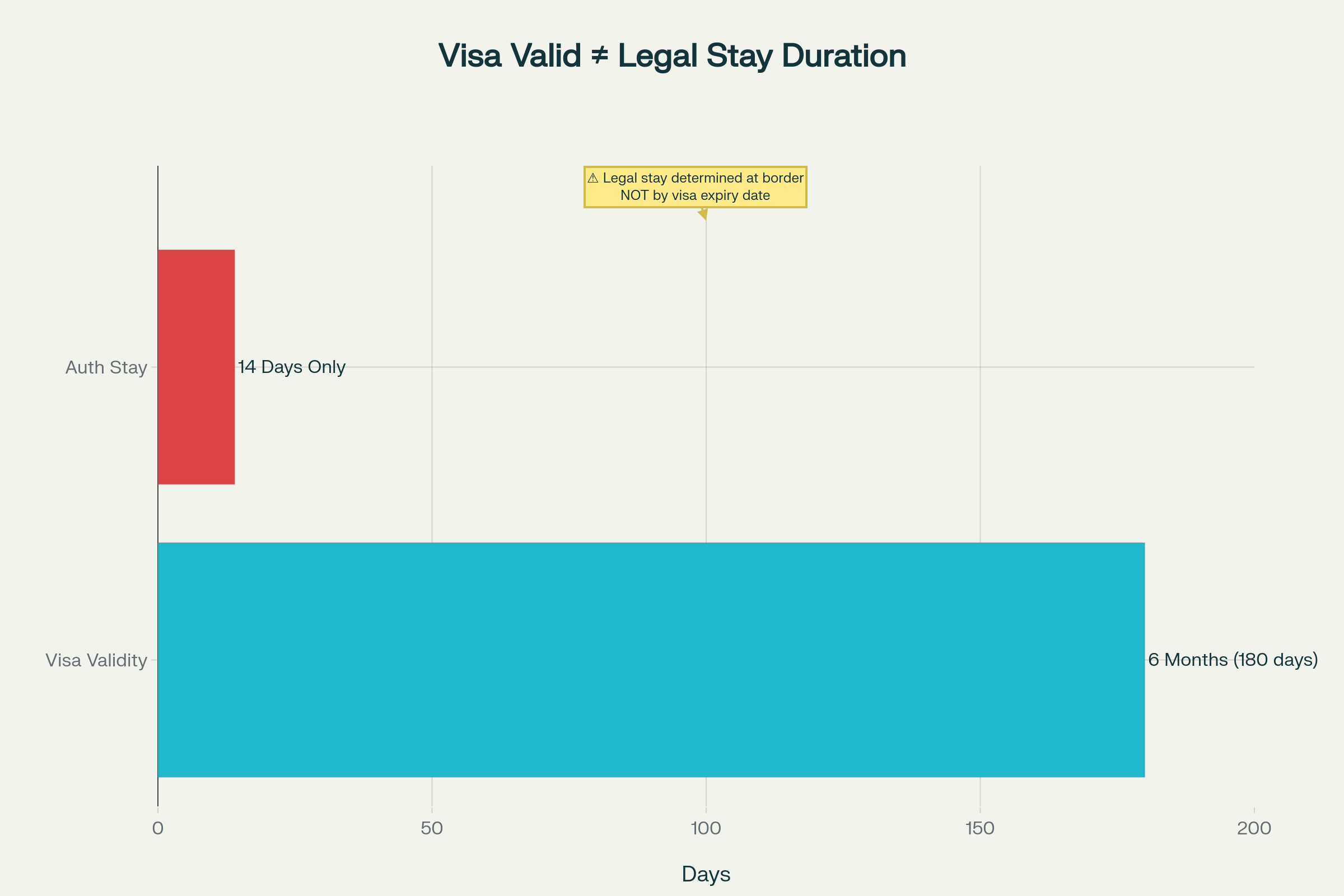Many travelers dream of visiting the United States with a visa valid for six months or even multiple years. But one crucial truth often goes unnoticed: having a visa valid for six months does NOT mean you are allowed to stay in the US for six months.
The key to a legal stay lies not in the visa expiration date or validity period, but in the authorized length of stay granted at the US port of entry by Customs and Border Protection (CBP). When you arrive, the CBP officer stamps your passport or gives you a Form I-94 with an "admitted-until" date. This date is the official record of how long you may remain in the US on that trip it often varies and might be much shorter than the visa validity you see on your passport.
For example, even with a B1/B2 visa valid for years, each visit to the US is limited to a set number of days determined by the officer commonly up to six months but sometimes less depending on your travel purpose and circumstances. Overstaying beyond this period can lead to visa cancellation and difficulties obtaining visas or entering the US in the future.
It’s vital to understand that the visa itself is a permission to seek entry, not a guarantee of duration. If you intend to stay longer than the period initially granted, you must apply for an extension with the US Citizenship and Immigration Services (USCIS) before your authorized stay ends.
So, don’t let a misunderstanding ruin your US travel dreams. Always respect the stay permissions given at the border. Your visa might be valid for months or years, but your legal stay is what the CBP officer officially permits during each entry.
Travel wisely, respect the rules, and make your US experience smooth and memorable!
For official US visa resources and stay information, visit the US Department of State and Customs and Border Protection websites.
This post highlights the difference between visa validity and stay authorized, clarifies common misconceptions, and encourages travelers to comply with official rules to avoid visa cancellation or problems. Information is based on the US State Department and CBP official guidelines.
